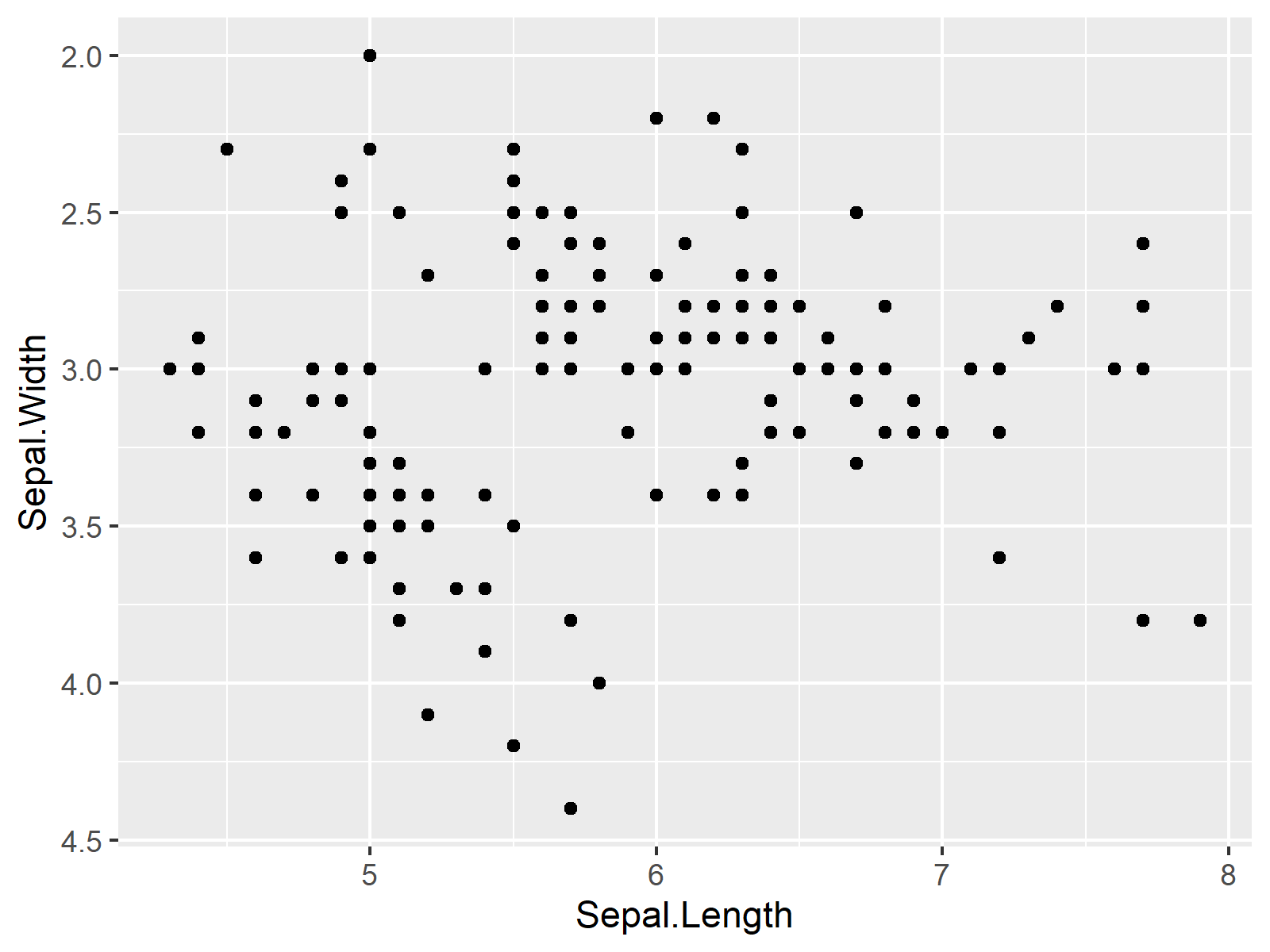

- #Change x axis distance between tick marks r studio ggplot how to
- #Change x axis distance between tick marks r studio ggplot code
hjust and vjust: the horizontal and vertical justification to align text.The geom_text() function comes with arguments that help you to align and position text labels:
#Change x axis distance between tick marks r studio ggplot how to
How to Position the Percentage Labels Inside the Bars To make it look good, we need to adjust the positioning of the labels. Manufacturer = forcats::fct_relevel(manufacturer, "Other", after = 0)Īs you can see, the default settings of geom_text() place the labels exactly on the border. Manufacturer = forcats::fct_rev(forcats::fct_infreq(manufacturer)), # order factor levels by number, put "Other" to end Manufacturer = forcats::fct_lump(manufacturer, n = 10), Manufacturer = stringr::str_to_title(manufacturer), # turn into lumped factors with capitalized names # add count to calculate percentages later

# prepare non-aggregated data set with lumped and ordered factors To add the labels, we again use geom_text() but this time we overwrite the default statistical transformation stat = "identity" with stat = "count" (the same as the default for geom_bar()). We use geom_bar() instead of geom_col() which takes not two but only one variable and calculates counts by default. To illustrate how to create and place the labels on the fly, here is an example with labels showing counts per manufacturer (with percentage labels it gets a bit more complicated). Ggplot(mpg_sum, aes(x = n, y = manufacturer)) +

Perc = if_else(row_number() = 1, paste(perc, "of all car models"), perc) So let’s add the prepared percentage label to our bar graph with geom_text(): ggplot(mpg_sum, aes(x = n, y = manufacturer)) +Īnd in case you want to add some more description to one of the bars, you can use an if_else() (or an ifelse()) statement like this: mpg_sum # add percentage label with `scales::percent()`ĭplyr::mutate(perc = scales::percent(n / sum(n), accuracy =. 1) and we can similarly add the leading white space by setting trim to FALSE. The accuracy determines the number of digits (here.
#Change x axis distance between tick marks r studio ggplot code
And this short tutorial shows you multiple ways how to do so.Ī few days ago, I got a request on some code creating bar charts with individual colors and percentage labels with the package. It is pretty easy to improve your ggplot with a few lines of code. In addition, one can highlight specific bars with use of custom colors. Ordering your bar charts make sense in case the categorical value has no internal order and helps focusing on the largest and smallest groups. Most notably, direct labels can increase accessibility of a bar graph and reduce the “chart junk” since grid lines, axis labels, and even axis titles become obsolete. Bar charts are likely the most common chart type out there and come in several varieties.


 0 kommentar(er)
0 kommentar(er)
